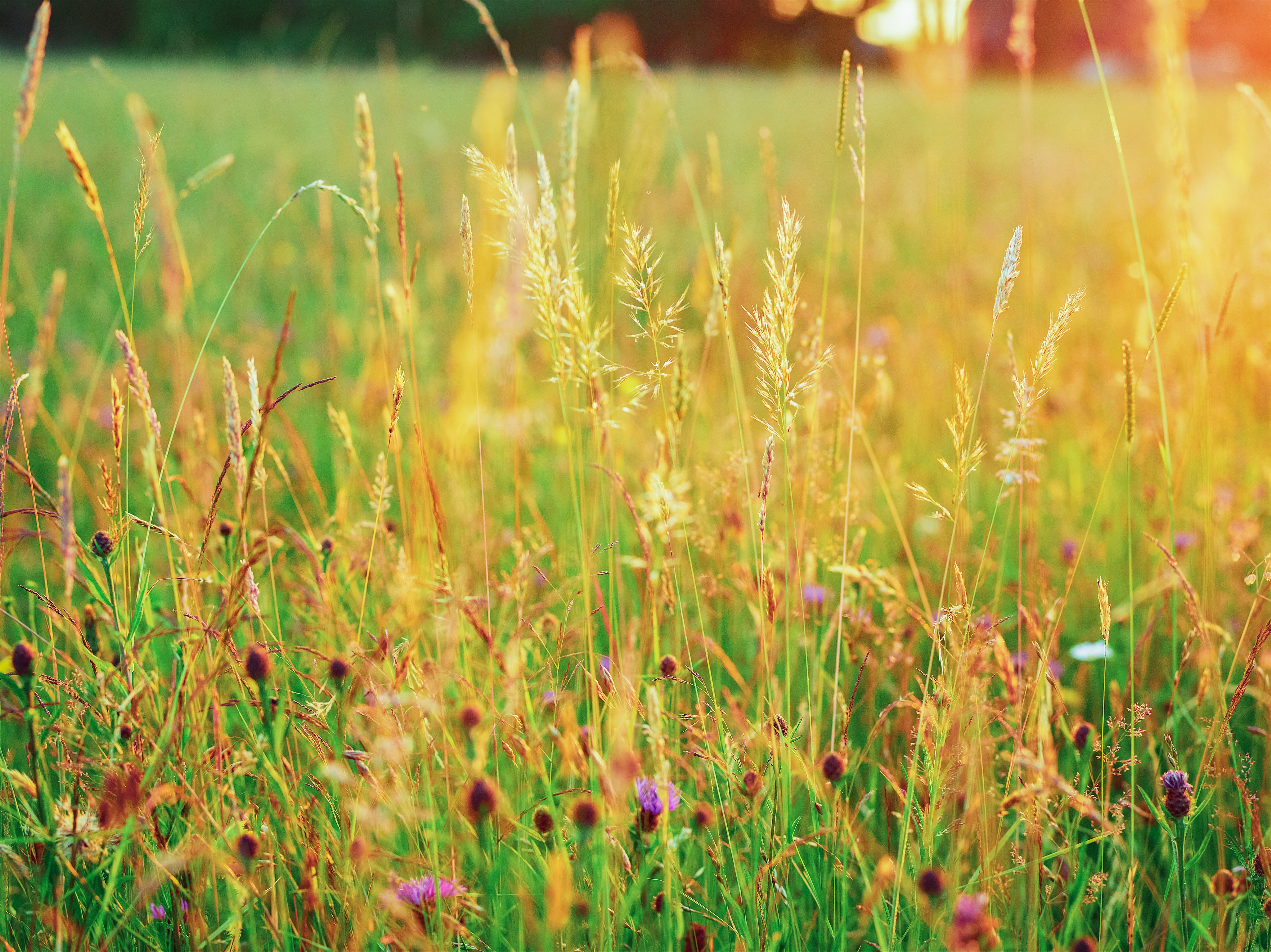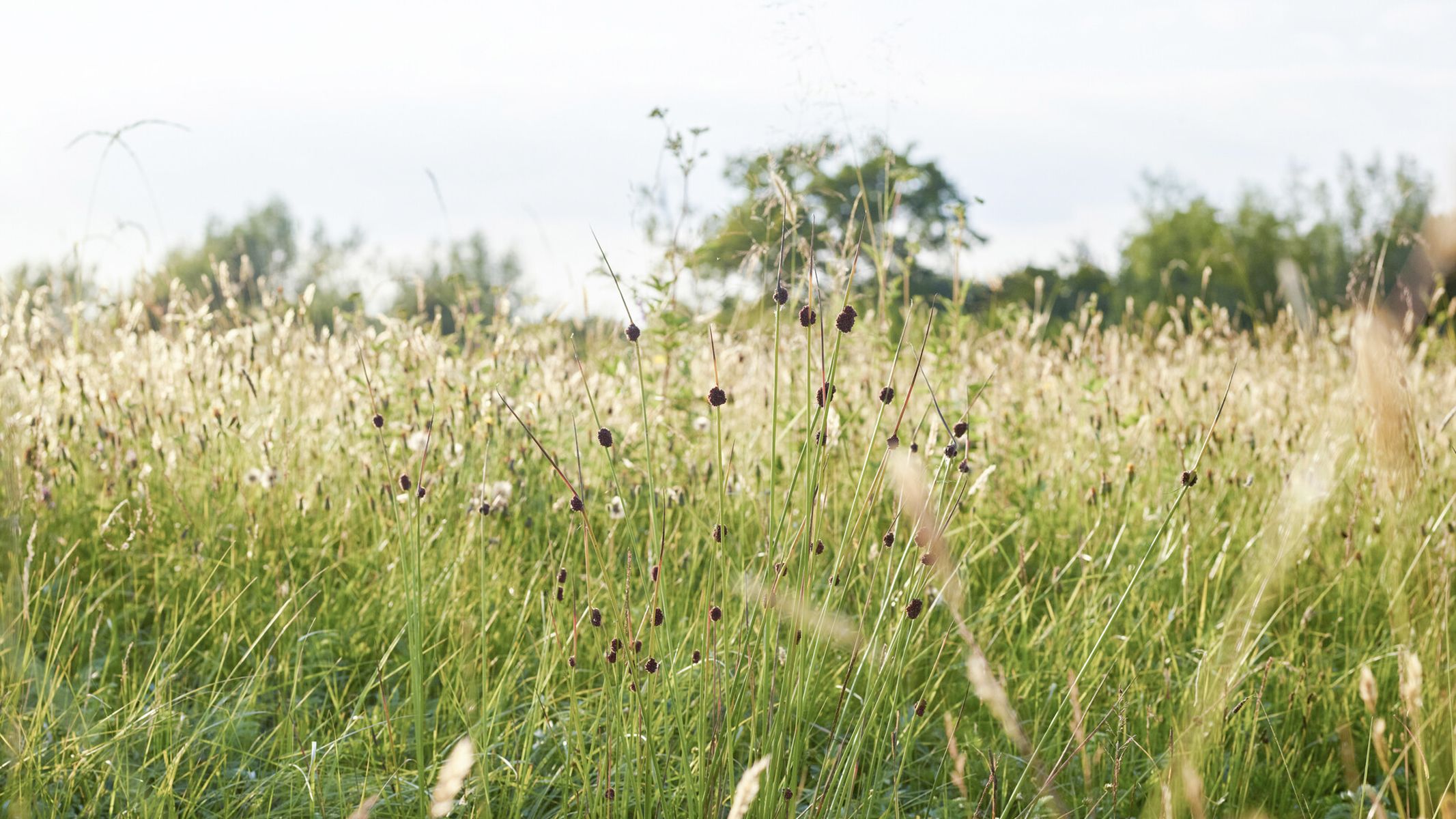A photo story - part 3
A year in the life of our flourishing floodplains
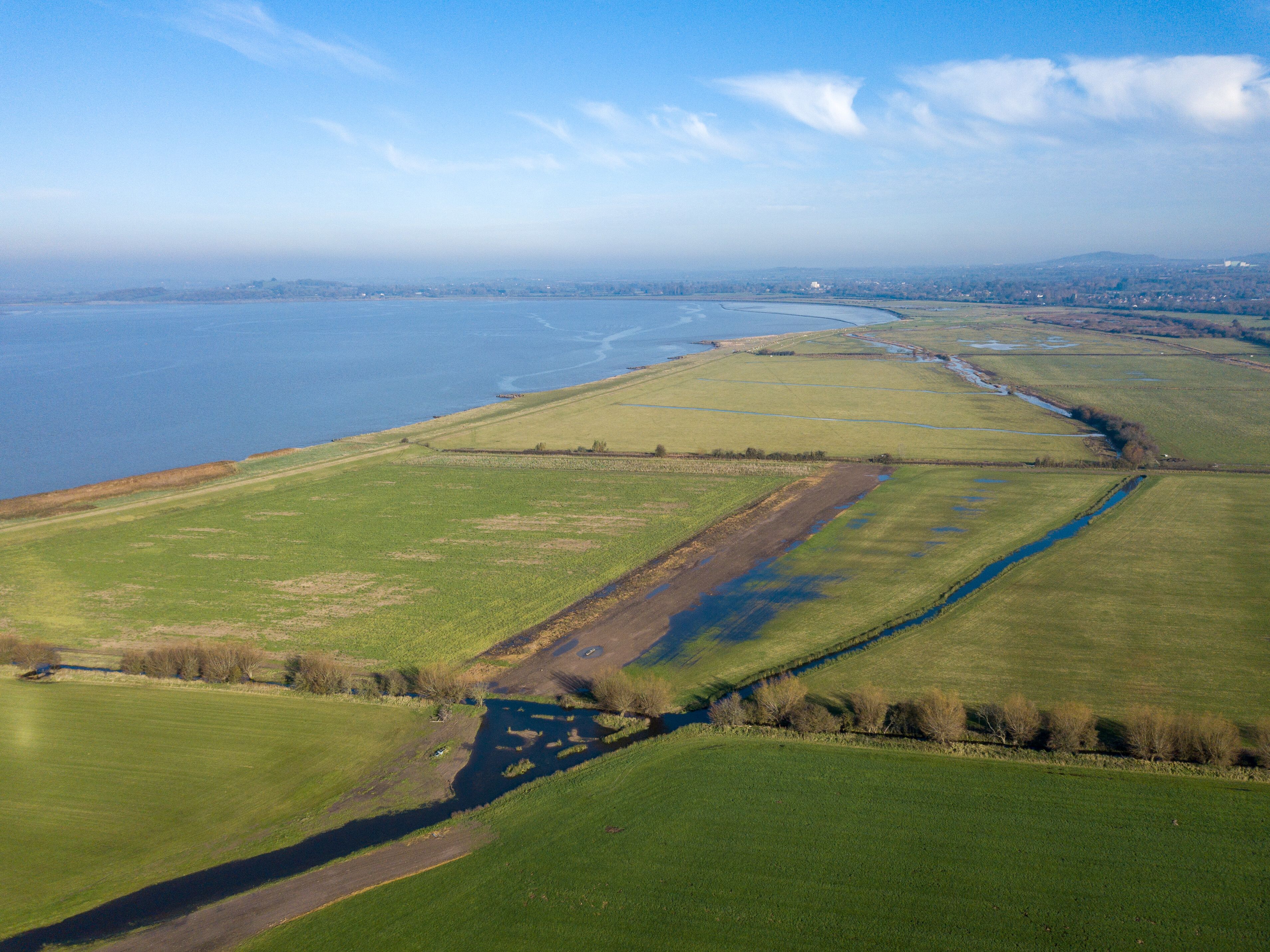
The Severn and Avon Vale is one of the largest rural floodplains in England.
Historically it would have been characterised by floodplain meadows dotted about with a large number of small wetlands and ponds. These farmland ponds support a disproportionately large amount of wildlife. Without them, many native species would struggle to survive.
Yet despite their value, they're disappearing from our landscape, with research by WWT showing that almost 60% have been lost from the Vale since 1900.
Bringing our pondscapes back to life
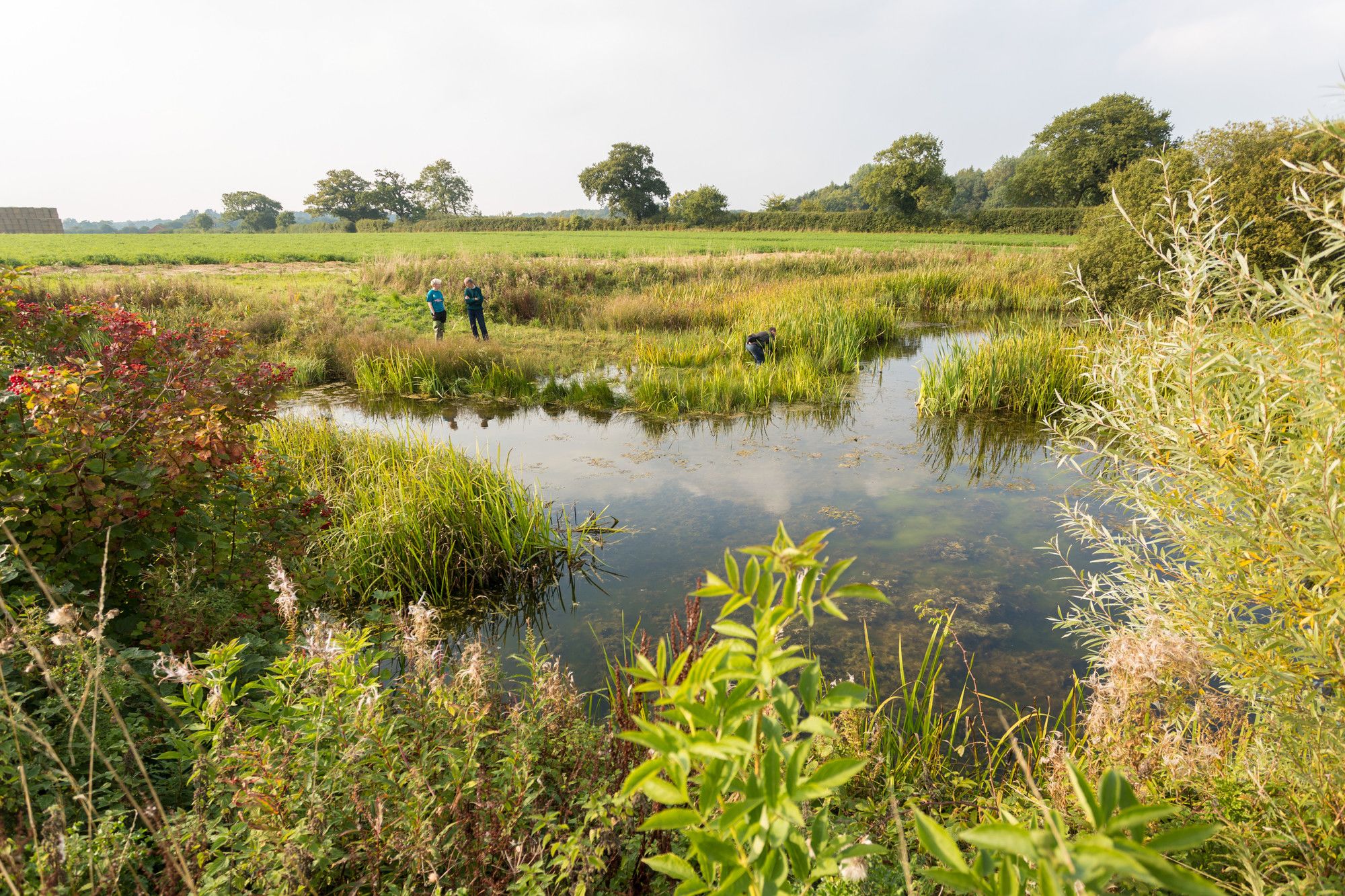
WWT is working in partnership with the Farming and Wildlife Advisory Group South West (FWAG SW) and The Floodplain Meadows Partnership, so that together we can protect and enhance these precious wetlands, and bring them back to life.
Many of these ponds have been filled in to increase land use for agriculture. Others, like this one, have just been abandoned and become overgrown.
But not for much longer...
Along with many other ponds in the Vale, we're restoring it to its former glory.
At Boundary Court Farm we’re restoring two new ponds to provide essential fresh water for farmland wildlife like dragonflies and damselflies.
Farmland ponds are essential stepping stones in the landscape and often provide wildlife with the only water for several kilometres. These ponds will also help store water during heavy rain and reduce the risk of flooding.
But just how important are our farmland ponds for wildlife?
Farmland ponds for biodiversity
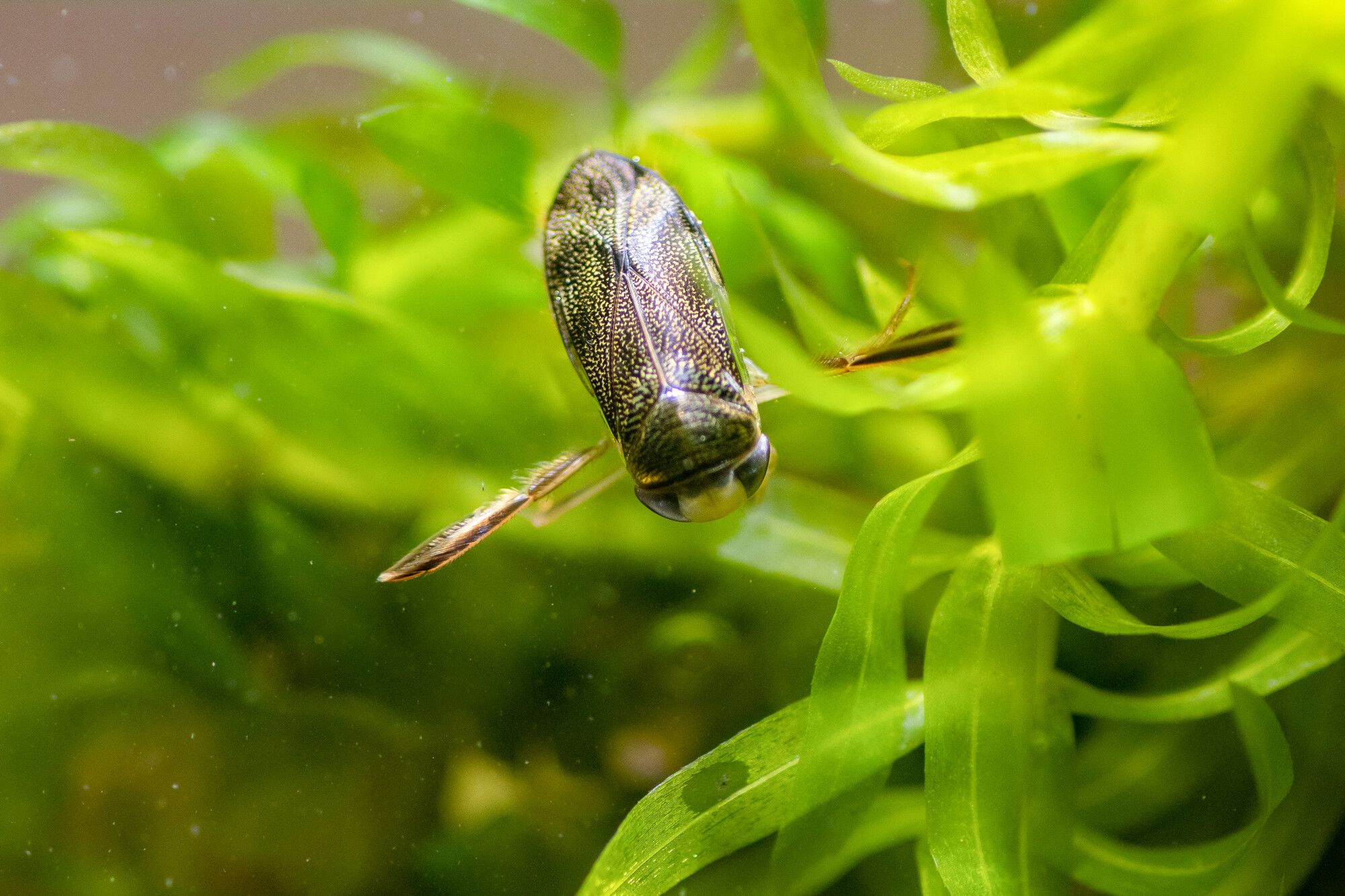
At Norton Court farms, WWT scientists are trialling an experiment to highlight the value of farmland ponds for biodiversity both in their immediate vicinity and further afield.
We’re doing this by adding a tiny amount of non-toxic isotopic label to the pond. This label is then taken up by plants and algae and eventually the emergent aquatic insects.
Here, we’re catching aquatic insects as well as their predators like spiders and beetles, to see if the label is showing up in their bodies.
Early results look promising. The 'labelling' of the ponds with the isotopic label appears to have been successful, with our research showing that levels of the label are increasing in the insects' bodies over time.
Predators show lower uptake than emerging insects because not all their prey will have come from the labelled pond.
We’re using this pond labelling technique to understand how farmland ponds boost biodiversity further afield by providing food for animals like farmland birds, bats, and amphibians.
In future studies, we're hoping to be able to analyse these animals' droppings for the presence of the label. This will enable us to see which animals are benefiting from ponds and how far they’ve travelled to get there.
Creating wetland scrapes at Elmore Court
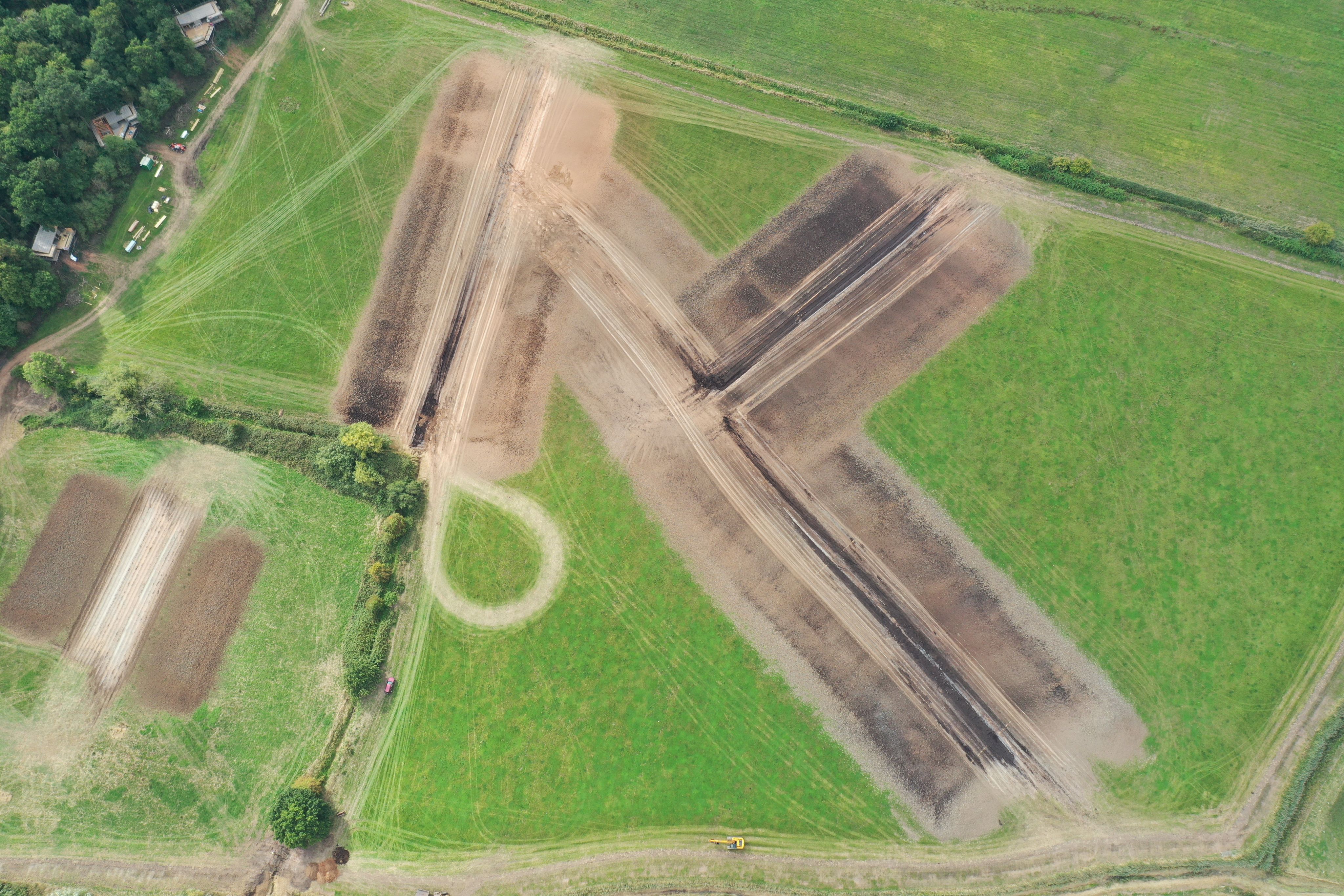
To further enhance our floodplains, as well as restoring lost ponds we're also working with landowners to recreate new wetlands, like this scrape at Elmore Court.
We're working to bring water back into the landscape, creating new scrapes where waders like the curlew, and other wetland birds can live, feed and thrive.
Image credit: Elmore Court
Here we're removing old drainage to enable the ground to hold onto water for longer and function more naturally.
Image credit: Elmore Court
Just a few months later, it's great to see all our hard work paying off.
Image credit: Elmore Court
This new wetland will now provide valuable feeding habitat for ducks, geese and swans in the winter and attract breeding waders like lapwings in the spring.
With each restored pond and newly created wetland, we're building a stepping stone towards a wildlife rich network of ponds and wetlands that's helping build a better, healthier more connected wetland landscape. And that's something that these slippery characters in our next story will really appreciate.'
Creating an Eelscape
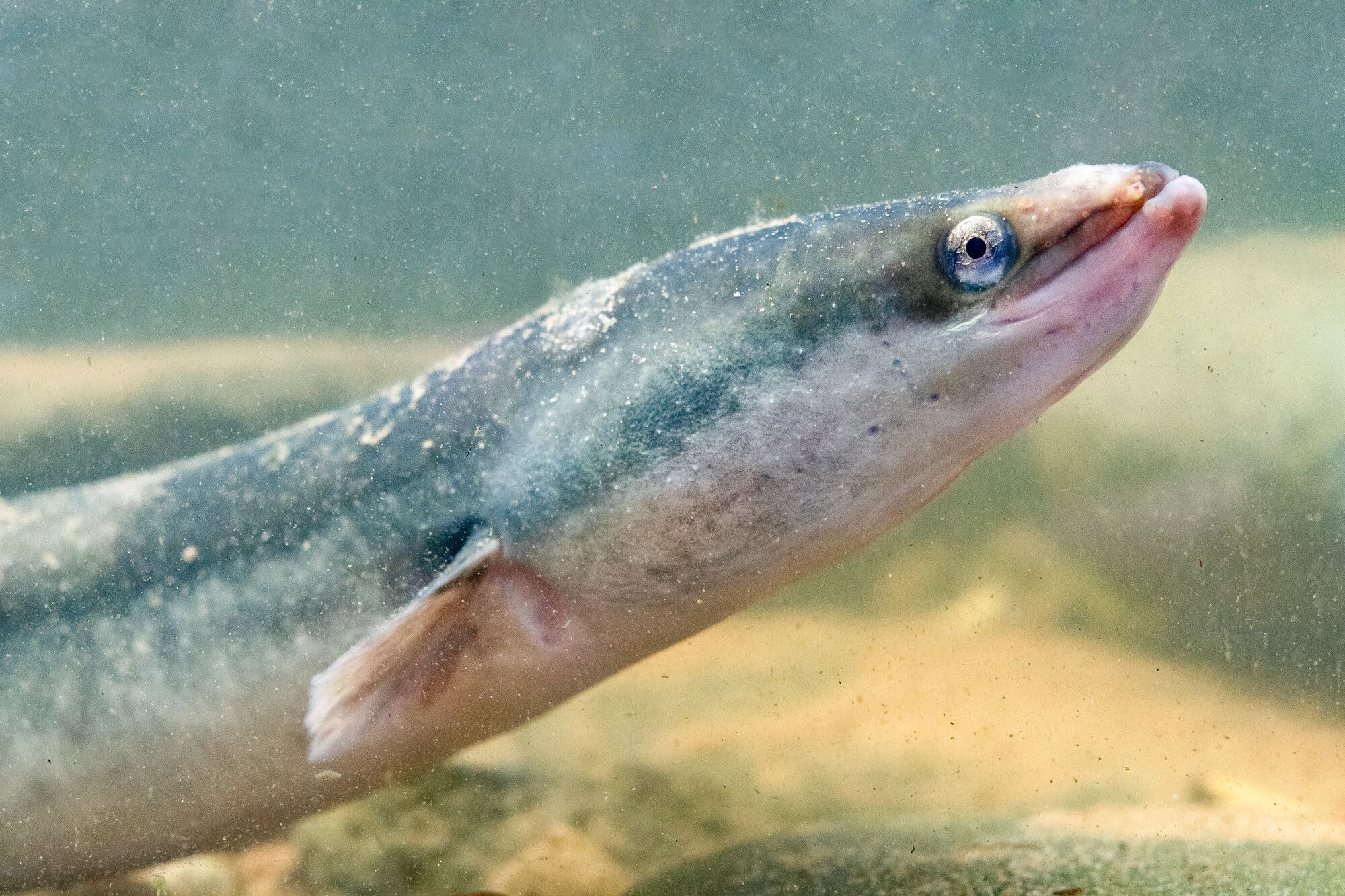
The Severn and Avon Vale is an incredibly important site for eels. They live in the wetlands until it’s time to navigate back to their breeding grounds in the Sargasso Sea in the Caribbean.
They’re an important food for many wetland animals like otters, bitterns and herons. But these days fewer and fewer eels are to be found, and this has widespread implications for the health of many wetland species.
To find out more about the eels’ decline we’re using eDNA sampled from wetlands across the vale, to find out which ones have eels in them. All creatures leave behind traces of DNA as they move about their environment, through shed skin cells, urine, scales, and mucus.
We’ve surveyed more than 100 ponds and wetlands across the Vale and found 37% have eels present, as highlighted by the green circles on this map of the area.
At the same time, we’re also conducting surveys and testing water for nutrients like nitrates, phosphates and ammonia, to see if there are water features eels prefer.
To further aid our research we’re braving the waters to collect sediment cores from the Vale's farm wetlands. The sediment is then analysed in our laboratory and allows us to reconstruct the wetland's history. The cores will also shed some light on how water quality, biodiversity and land use have changed in the area.
We’ll also be working out how much carbon is stored in the sediment and how levels have changed over time.
Although painstaking, our research should provide a detailed picture of the value of 'pondscapes' as 'larders for wildlife'.
It will also highlight the potential of ponds and wetland features for boosting biodiversity on our floodplains, help shine a spotlight on the threats facing them and provide crucial evidence as to why farmers should be rewarded for creating and restoring them.
Our vision is one where bigger, better and more connected wetlands in the Severn and Avon Vale are able to provide a home for wildlife...

Find out more about ways you can support this work
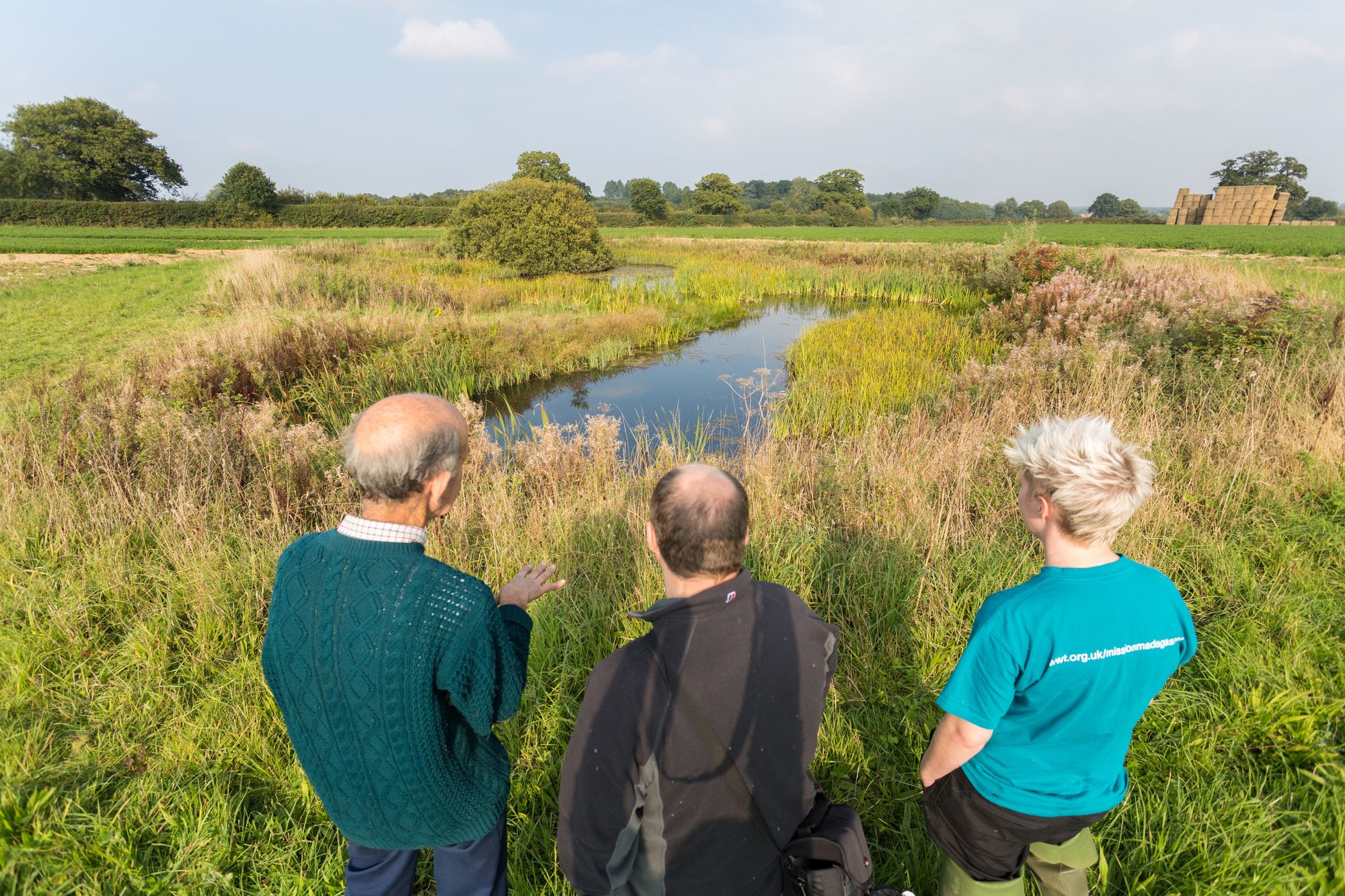
Restoring farmland ponds
Discover why restoring neglected farmland ponds could be key for a better, more connected rural wetland landscape.
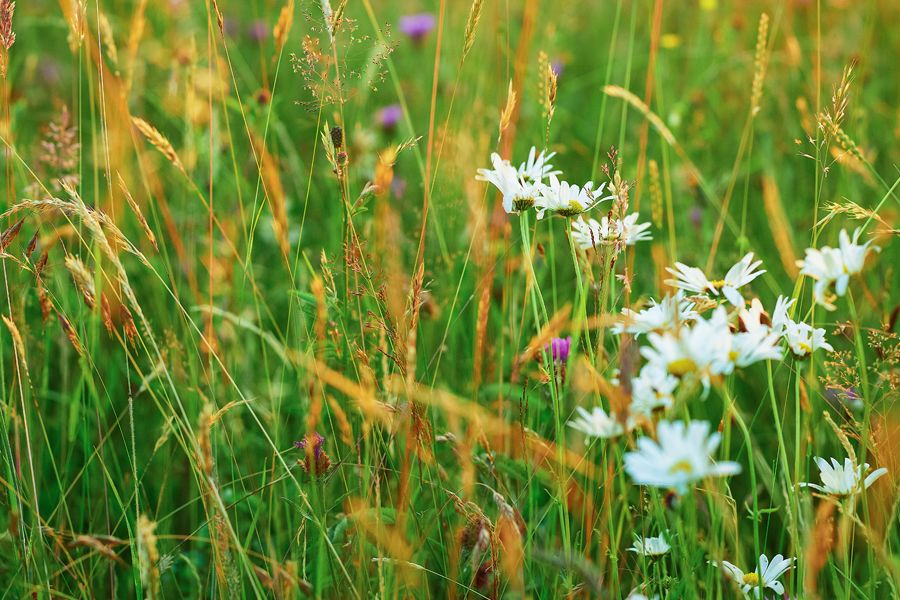
Flourishing floodplains
Read more about the background of this project and get a full overview of the impact it could have for the area.
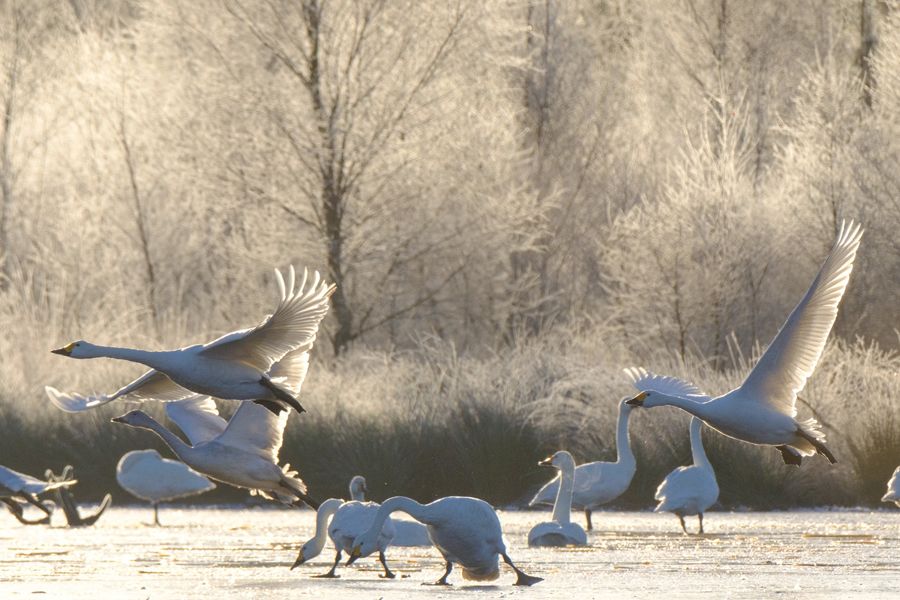
A helping hand for curlews
Find out about our work to reverse the decline of curlews in our floodplain and how wildlife friendly farming can help.
Did you enjoy discovering more about our Flourishing Floodplain work?
Why not read our previous photo stories on this project and find out how we're 'sowing the seeds of hope' to save these precious wetlands.
